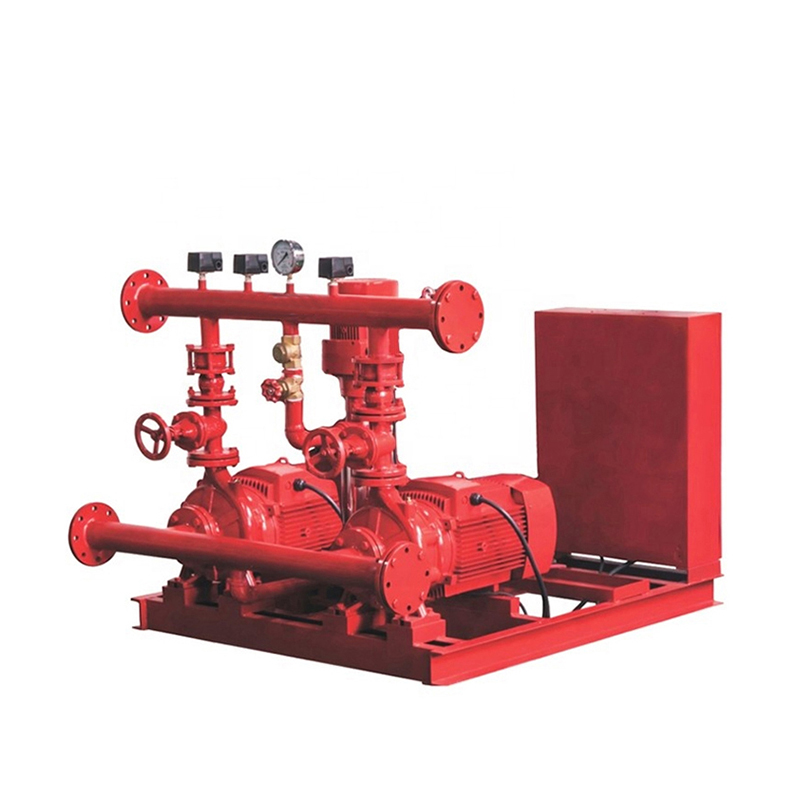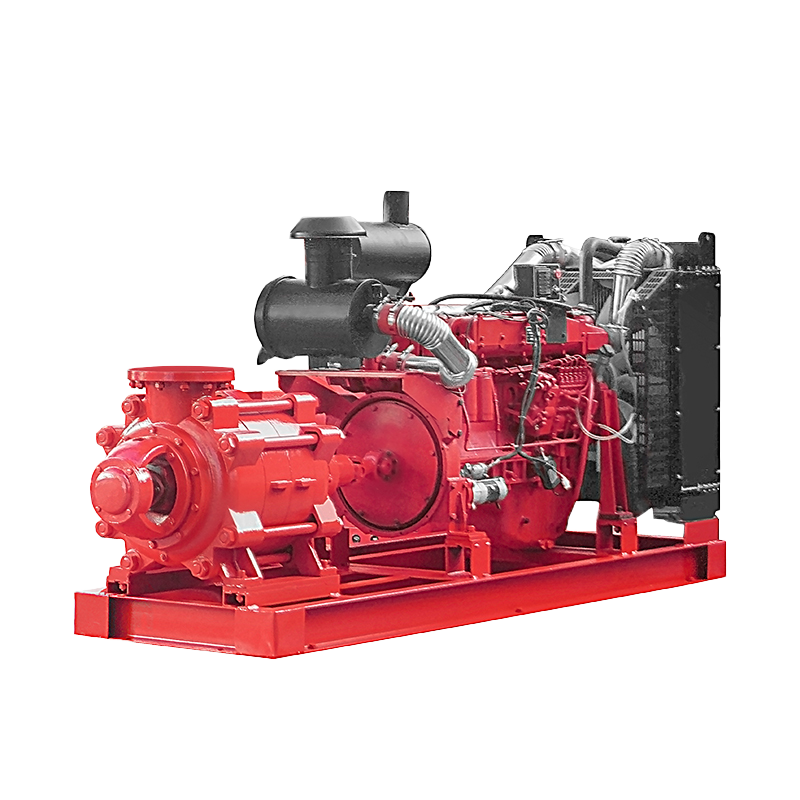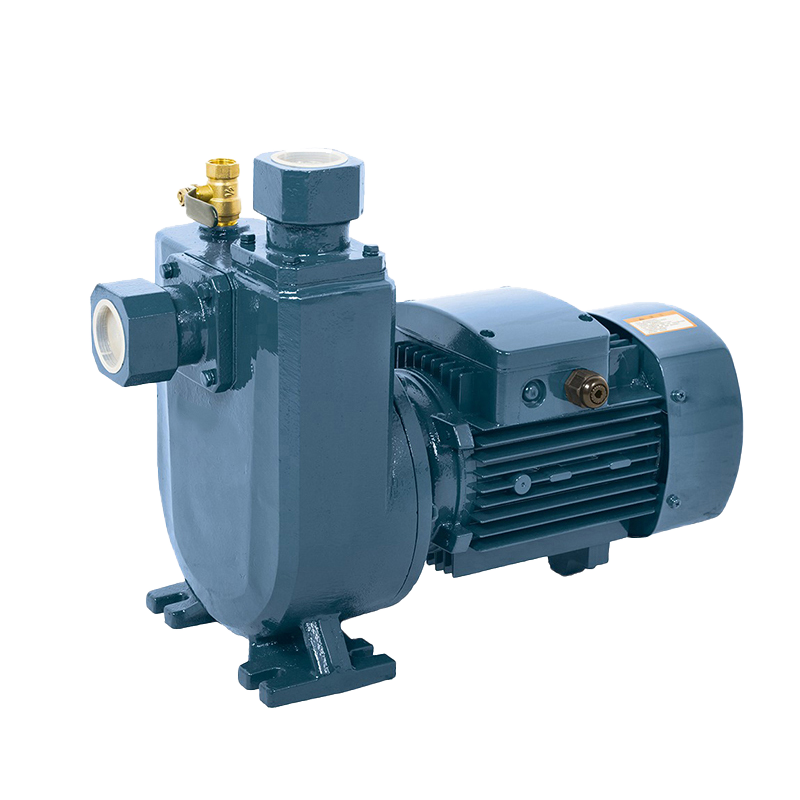A self priming pump is a pump with a built-in suction lift. Since it does not need an external priming device, a self-priming pump can be used anywhere. This type of pump is especially useful in areas with low suction lifts. Here are some tips for selecting the best self-priming pump: Read the manual before buying, determine the NPSH of the fluid you'll be using, and choose a pump with a short, shallow submerge.
During installation, check the discharge line for leaks. Make sure it is not blocked or pressurized. This will cause air to bind with the liquid. The discharge line is also air-tight. It should be made of metal or other material that prevents fluid from flowing into the pump's suction chamber. The piping on the suction side should be kept to a minimum, as this will reduce the priming time of the pump. If the suction side of the system is not properly air-tight, the air will get drawn into the pump and evaporate the liquid charge.
A self-priming pump is an automatic pump, meaning it is not dependent on a manual priming system. It works without the need for a separate pump to be installed. The pump's casing must contain water in order to perform. A self-priming pump can achieve a height of eight metres. Its high-speed design can help it to reach a desired level of efficiency. It is the best choice for many industries, as it is suitable for high-pressure and aseptic processes.
A self-priming pump will not require a priming line if it is buried beneath the ground. It will operate by passing fluid through its impeller, while removing air from the discharge chamber. This process is repeated until the air content is reduced to a minimum. The final pressure of the fluid is greater than the atmospheric pressure. The pump will work normally as soon as the air content is reduced to a level where no more air is present.
In a self-priming mode, a liquid-ring pump is used. In this mode, the rotating impeller draws air in from the suction line. The liquid in the pump casing then forms a gas-tight seal. Moreover, the air bubbles are trapped within the liquid ring and transported to the discharge port. The liquid returns under gravity to its reservoir inside the pump's housing. Its high-speed design also reduces the time of self-priming.
Another type of self-priming pump is a liquid-ring pump. This type of pump is similar to a standard pump in that it works by drawing air into its cylinder. The impeller creates a vacuum at the 'eye' of the impeller, allowing air to enter the pump. The water is forced into the impeller chamber. This process continues until there is no more air in the chamber. At this point, the liquid is released and the discharge port begins to pump.
Self-priming pumps can be difficult to troubleshoot. While these pumps are easy to use, there are several common causes for failures. In addition to having a malfunctioning pump, the air in the cylinder can cause the pump to be inefficient. A blockage in the suction line can result in a lower suction than in a non-self-priming unit. It is important to keep the pipe lengths to a minimum to avoid air leakage and loss of suction pressure.
A self-priming pump will work by creating a vacuum inside the pump. Its main feature is its ability to self-prime up to 8 m. The pump's high speed also makes it a popular choice in the home. However, a poor pump might result in a broken discharge port. If the air discharge pipe is missing, the pump may not be able to start the priming process. In this case, the air discharge pipe should be replaced or fixed.
A self-priming pump will not work without liquid. Liquid-priming pumps are a must-have for any pumping application. They can transfer large amounts of gas and air without a problem and can even completely empty lines and tanks. They have good suction capabilities and can be used to transport any volume. Most self-priming pumps are designed to work on a side-channel principle. Hydrodynamically optimized side channels provide a stable impeller.
News
 English
English عربى
عربى
 Fire Pump and System
Fire Pump and System Split Case Pump
Split Case Pump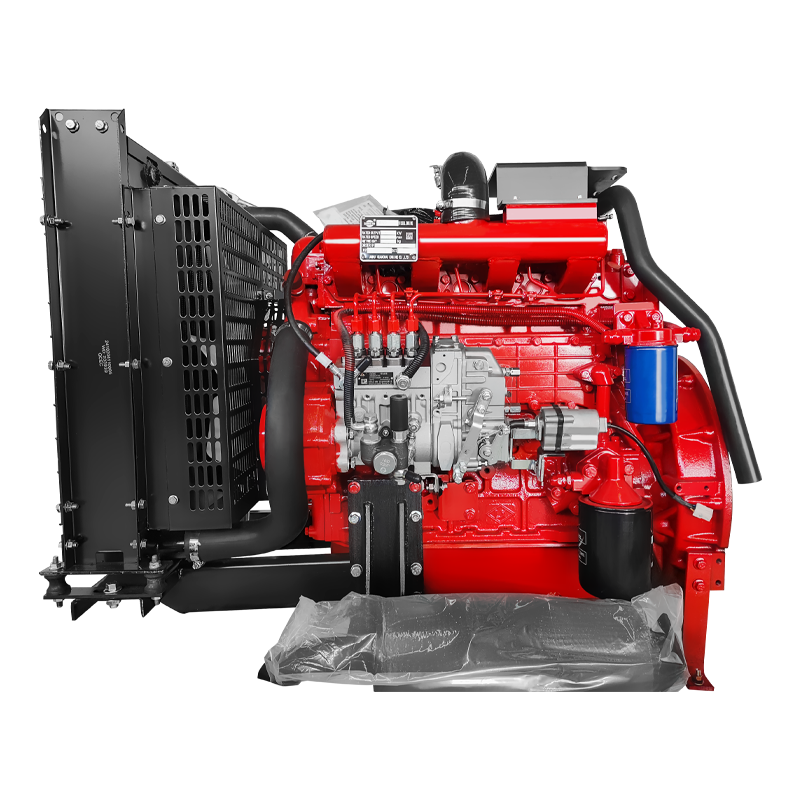 Engine and Pump
Engine and Pump Long Shaft Pump
Long Shaft Pump Multistage pump
Multistage pump Water Supplier System
Water Supplier System Sewage Pump
Sewage Pump Industrial Pump
Industrial Pump Self-Priming Pump
Self-Priming Pump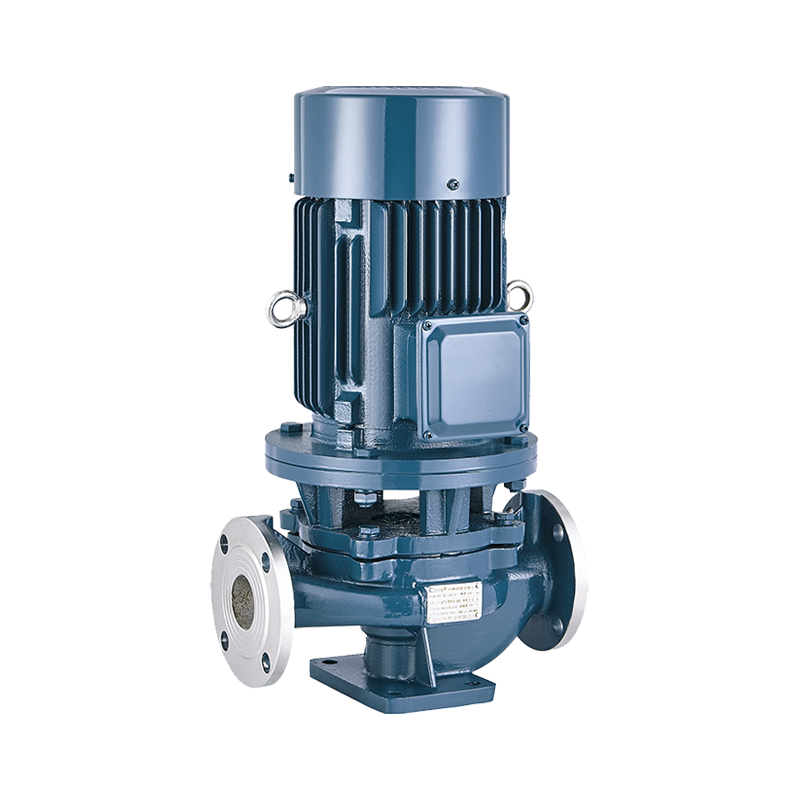 Inline Pump
Inline Pump Domestic Pump
Domestic Pump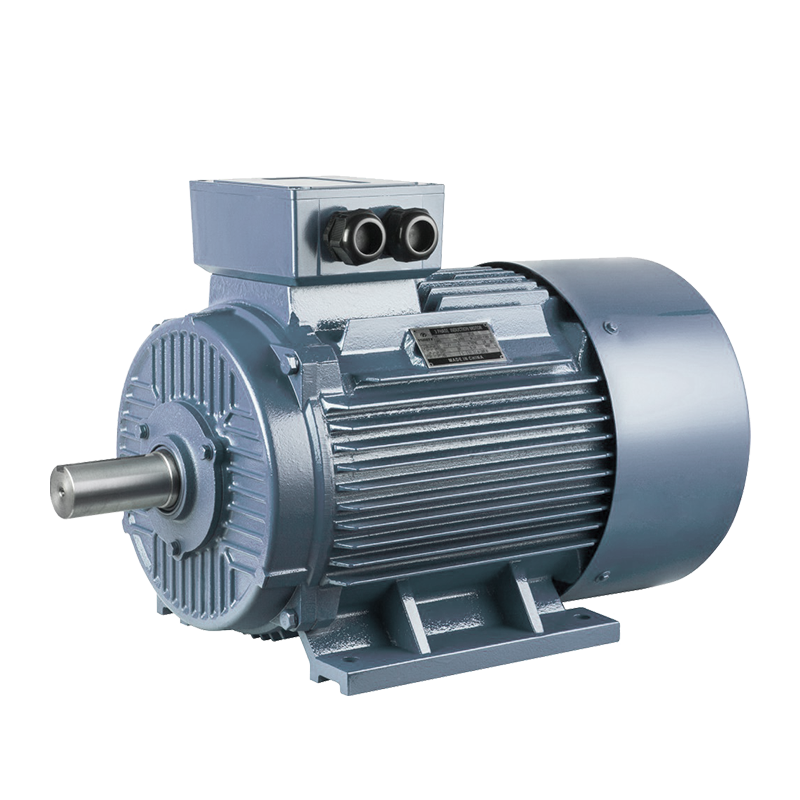 Electric Motor
Electric Motor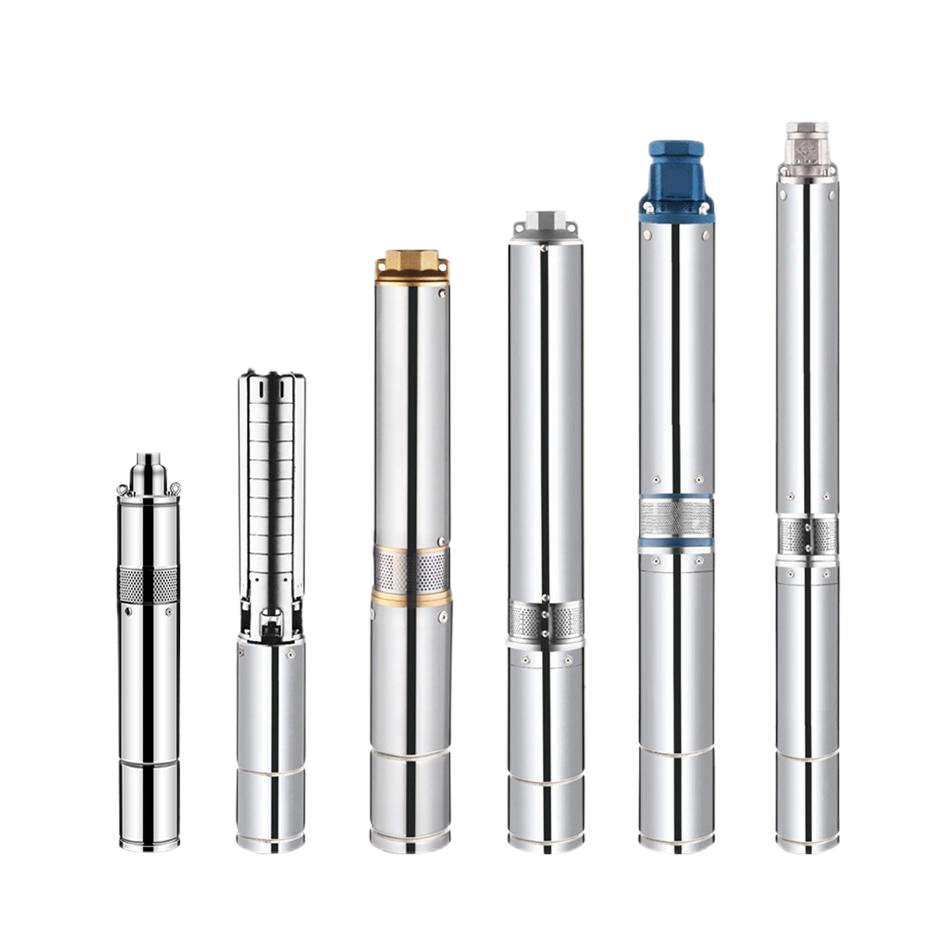 Borehole Pump
Borehole Pump